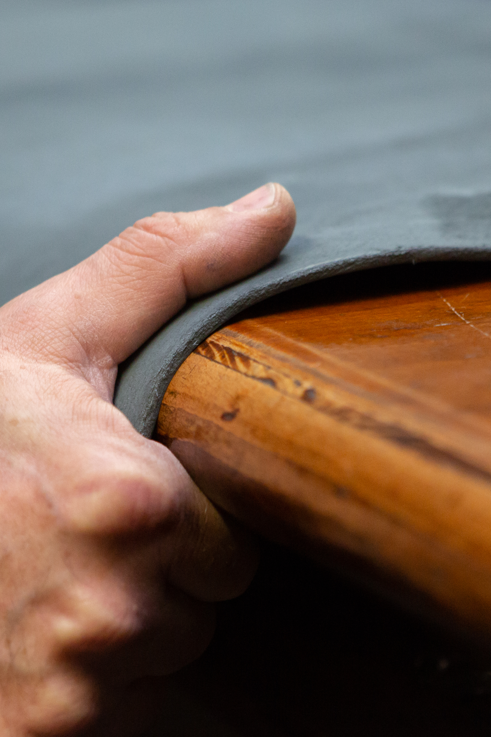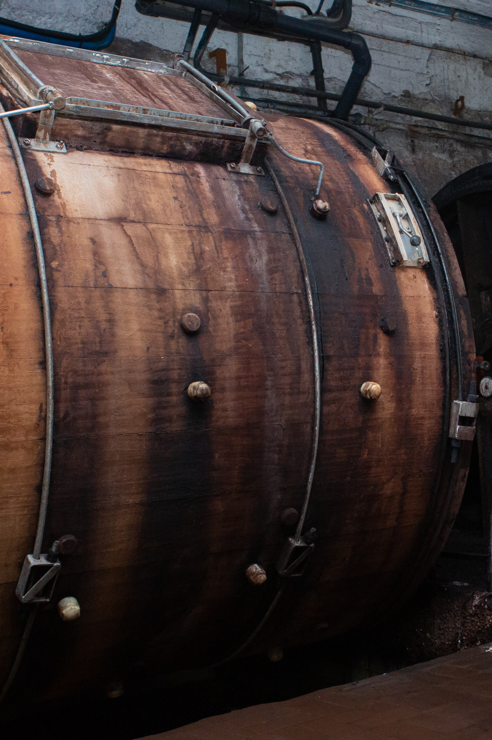
Ecology
European tanners, an example in the use of water
05 / 09 / 2022
Content published by: Lederpiel
One of the main accusations that is usually made against the tanning industry by its detractors is the intensive use of a resource as scarce and precious as water. To produce leather, abundant water resources are required, mainly to clean animal skins of mud, manure and hair. However, it is not usually taken into account that the leather industry is one of the manufacturing industries that has made the largest investments in recent years to purify its effluents and give a new use to the water used.
In particular, the European leather sector is a pioneer in the application of innovative practices for the recovery of its effluents. As the Confederation of National Associations of Tanners of the European Community (Cotance) points out in its latest statement released in collaboration with the Spanish Tanning Association (Acexpiel), the environmental practices of the European tanning industry are “accredited by well-known audits in the sewage treatment”. According to Cotance, “in Europe, wastewater from tanneries is treated under very demanding parameters. Its effluent treatment plants demonstrate great technical excellence.”
An example of this is the Italian plant for the treatment of effluents from the clusters of tanneries in Tuscany, Veneto or Campania, which has become an international benchmark for the management and treatment of water in industrial districts of tanneries. Another example is the Portuguese tanning district of Alcanena, which separately collects baths from partner tanneries to recycle residual tanning agents. In Spain, we have the example of the Igualadina de Puració i Recuperació treatment plant, which treats the water from twenty-eight tanneries in Igualada (Barcelona), as well as part of the local urban wastewater and that from other industries. At the end of an innovative biological system, water is obtained in conditions comparable to domestic wastewater, which guarantees an adequate return to the environment. Splenda Quality Leather is one of these tanneries.
Due to its unique characteristics, this treatment plant in Igualada has been the object of international recognition and one of the cases highlighted by the United Nations Environment Program (UNEP), as well as by the Global Water Intelligence report, a benchmark for the industry of the water.
As Cotance concludes, European tanners are “perfectly aligned with the United Nations Sustainable Development Goal (SDG) 6 (clean water and sanitation)”, and stresses that they are not stopping in their pursuit of “higher sustainability standards”.
You can access the original post HERE.






















